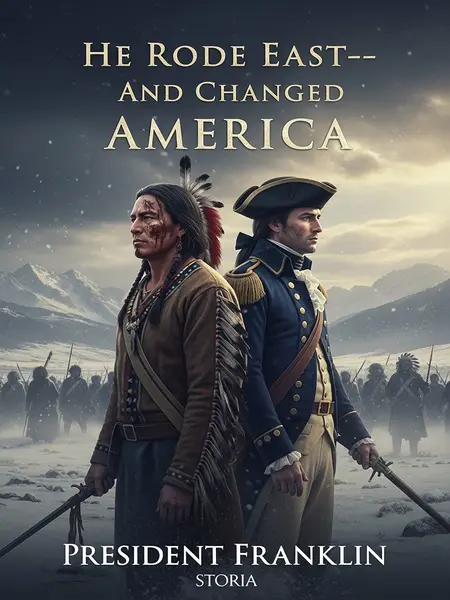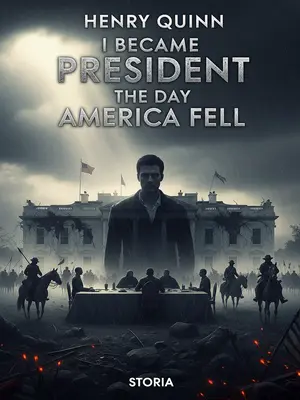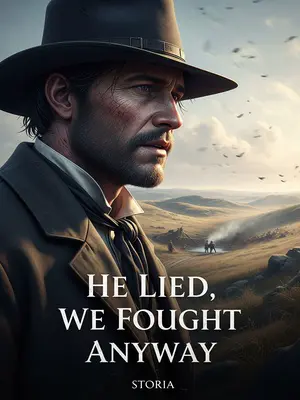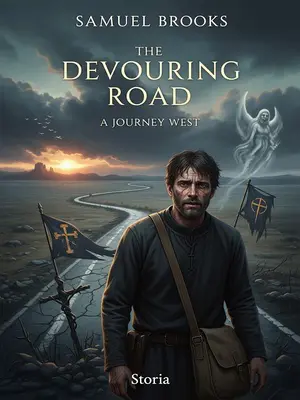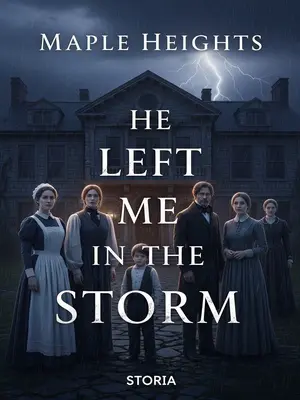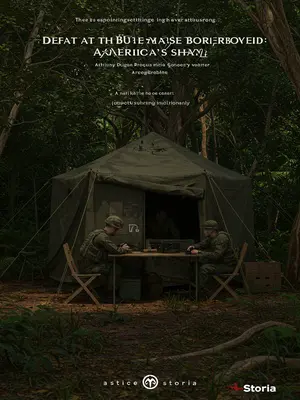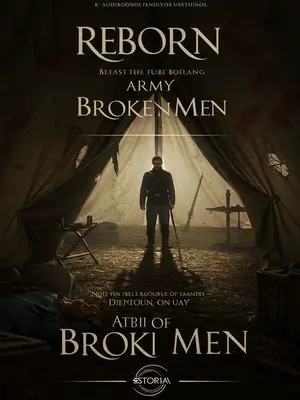Chapter 3: Broken Ridge and the Shattered Peace
This time, even the doubters in the cabinet came around. Franklin’s clarity and resolve swept them up. They rolled up their sleeves and got to work. No one wanted to be left behind.
Short on grain? They bought it up—locally and from abroad. Not enough horses? They bought and, when necessary, requisitioned them. The supply offices and armories burned the midnight oil, churning out gear and medicine. No excuses.
For this campaign, the United States stockpiled over 10,000 tons of grain and 140,000 warhorses—enough for every cavalryman to have three mounts, ready for the long ride west. The numbers were staggering. It felt like the whole country was holding its breath.
To head off any Russian meddling, the Army upgraded its firearms. Over 75% of troops carried muskets, and elite units were fully equipped with rifles. It was a game-changer—no one wanted to face the open plains with old gear.
By February 1755, Franklin’s plans snapped into motion. The Army advanced in two columns—north and west—both aimed at the Rockies and Wolf’s Bluff. The momentum was unstoppable.
The northern force, under General Malcolm Baird with Red Hawk as his right hand, set out from Montana, crossed the Dakota plains, forded the Yellowstone and Bighorn rivers, and struck out for the Powder River. The western column, led by General John Young, marched from Wyoming, through Casper, and up to the east bank of the Powder. The plan was clear: meet up and hit Wolf’s Bluff together. It felt like destiny.
As the old saying goes: “Win hearts first, storm forts later.” Words to live by.
To soften resistance, Franklin sent teams of diplomats and preachers ahead, spreading word that anyone who surrendered, like Red Hawk, would keep their lands and be richly rewarded. The message was simple: you have a choice—come early, come late, but you’ll be treated well. Why wait?
Franklin’s message was clear: “Those who come first will receive my favor first, those who come later will receive my grace later.”
In other words, surrender early or late, you’ll be treated well—so what are you waiting for? It was a challenge, a dare.
As a result, the Army swept west with hardly a shot fired, racking up victory after victory. But behind the celebrations, shadows gathered. Seeds of trouble were sown—though neither Franklin nor his cabinet noticed, swept up as they were in the thrill of conquest. Sometimes, victory hides the next storm.
The Army’s twin columns moved so fast it stunned even the most optimistic planners. By April, they’d joined forces on the east bank of the Powder River, ready to strike at Wolf’s Bluff. It almost felt too easy.
The campaign had gone so smoothly, it was hard to believe it was real. According to the “Frontier Chronicles,” in the Confederacy, “the large tribes had several thousand households, the small ones several hundred, all brought cider and cattle to surrender; the army advanced hundreds of miles, and not one dared resist.” It was like the old world was crumbling before their eyes.
Was the Army really so terrifying that it cowed the fierce Confederacy into submission? Or was there something else going on? The truth was complicated.
Red Hawk played a pivotal role. He led three thousand of his old followers as the Army’s vanguard, smoothing the way for the main force. You had to wonder if he ever looked back.
But here’s where things got tricky: Red Hawk didn’t fly the U.S. Army’s banner. He used his own tribal standard—a bold, unmistakable symbol. It threw everyone off.
This sowed confusion among the Confederacy. Many believed the Army hadn’t come to destroy them, but to help Red Hawk reclaim his tribe’s lost glory. They thought Franklin’s “preferential treatment” was meant to aid those battered by war, not to conquer them. Was it mercy or manipulation? Hard to say.
But there was a catch: Red Hawk’s banner, not the Army’s, led the way. Did Franklin know? He did—and he let it happen.
Why? Because Red Hawk argued that if he used the U.S. banner, the Confederacy would dig in, ready to fight to the last. With his own standard, he could talk them down, win defectors, and “subdue the Confederacy without a fight.” It would save lives, save trouble.
Franklin hesitated, knowing it wasn’t exactly by the book. But with hundreds of miles to cover, if he could win the West without bloodshed—well, what leader wouldn’t take that deal? So he gave Red Hawk the green light, setting the stage for everything that followed.
